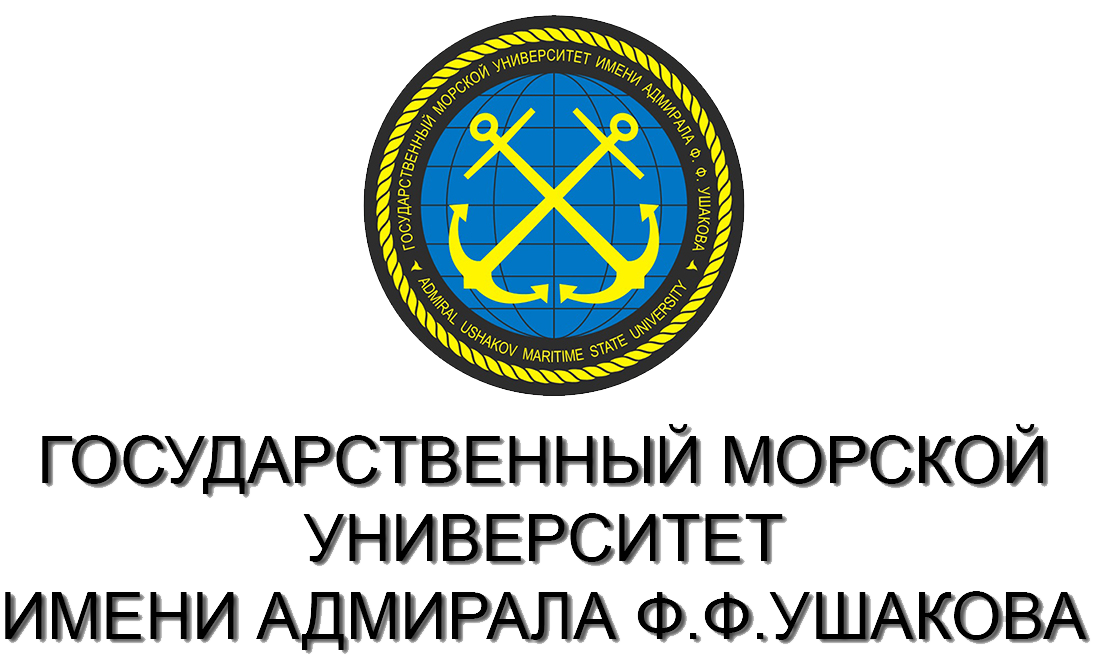Currently, to assess the activities of transport enterprises, including "dry" and seaports, meters of production and operation of transport are used, combined into a system of natural, conditionally natural and cost indicators, such as: cargo turnover, traffic volume and income, which was fully characteristic of activities in a planned economy. The main transport and economic characteristics for ports were and still are cargo turnover and throughput. However, in modem market conditions of management, the development of transport and logistics technologies and communications requires new meters of their work, including when interacting with "dry ports", which, in turn, are specific objects that ensure the interaction of all modes of transport with the hinterland of the seaport. The paper reveals the economic features and factors characterizing the management of the operational work of the "dry ports", which determine their performance indicators from various points of view, taking into account both the general transport and economic characteristics of interaction with the seaport, and the specific performance indicators of the "dry port", which are summarized in relevant groups and combined into a common multi-criteria scheme with clarification of the main categories, which can serve as a basis for further applied research to determine and measure the performance of the "dry port".
"dry ports", seaports, operation meters, interaction characteristics
1. Livshic V.N. Sistemnyy analiz ekonomicheskih processov na transporte. 1986. -240 s. (S.32-36)
2. Porty i portovye sooruzheniya/ Smirnov T.N., Aristarhov V.V., Levachev S.N., Sidorova A.G., Korchagin E.A.- M.: Izdatel'stvo ASV, 2003. -464 s.
3. Koryakin S., Pantin A. Ekonomika morskogo transporta- M.: Transport, 1979- 416 s. (S.188)
4. Morgunov, E. Mnogomernaya klassifikaciya na os nove analiticheskogo metoda ocenki effektivnosti slozhnyh sistem: avtoreferat dis.. kandidata tehnicheskih nauk - Krasnoyarsk, 2003,19 s.
5. Nikolaeva N.K., Davydova A. L. Ob ocenke effek tivnosti raboty morskih portov //Fundamental'nye issledovaniya. - 2004. - № 3. - S. 147-MS.
6. Kuznecov A. L. Evolyuciya pokazateley, harakte rizuyuschih ekspluatacionnuyu rabotu portov i terminalov / A. L. Kuznecov, A. V. Kirichenko, V. N. Scherbakova-Slyusarenko //Vestnik Gosudarstvennogo universiteta morskogo i rechnogo flota imeni admirala S. O. Makarova. - 2017. - t. 9. - № 5. - S. 909-924.
7. Kuznecov A. L. Pokazateli proizvoditel'nosti na praktike / A. L. Kuznecov, V. N. Scherbakova-Slyusarenko // Morskie porty. - 2014. - № 10 (121).-S. 24-28.
8. Tyulenev K. Upravlenie konteynernymi perevoz kami vo vneshneekonomicheskoy deyatel'nosti. -SPb.: IPT RAN, 2017. - 112 s. ( S. 17)
9. Liner shipping connectivity index, quarterlyfElectronic resource] URL: https://unctad-stat.unctad.org/wds/TableViewer/tableView.aspx?ReportId=92
10. Tyrtyshnyy H.H. Upravlenie logisticheskimi riskami pri perevozke gruzov morskim transportom /N.N. Tyrtyshnyy: avtoreferat dis.. kandidata ekonomicheskih nauk- Rostov-na-Donu, 2013-26 s.
11. Markar'yan E.A., E. P. Eerasimenko, S. E. Markar'yan. Ekonomicheskiy analiz hozyaystvennoy deyatel'nosti,- M.: KnoRus, 2016 - 534 s.











